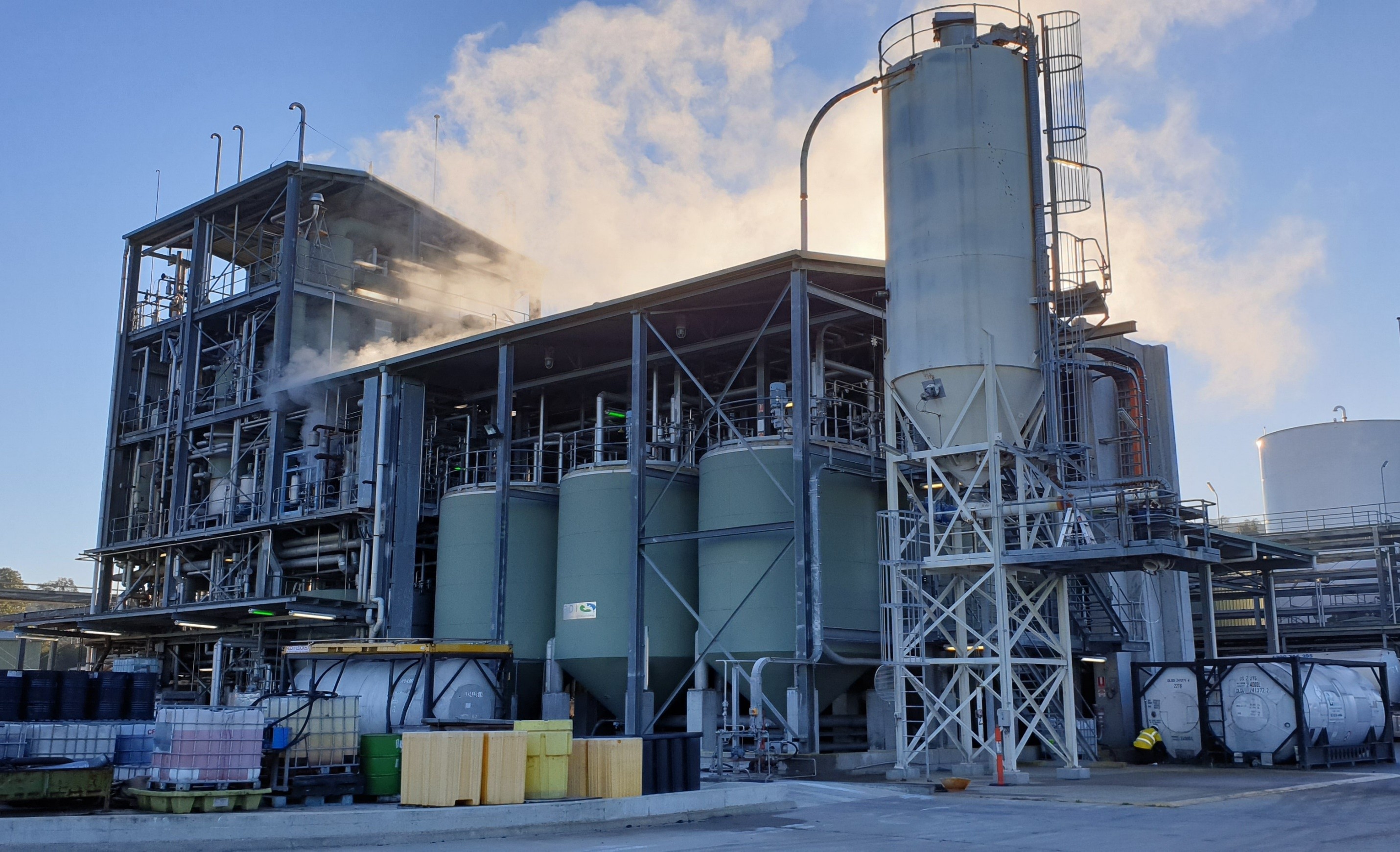EPA “Set” Rule – Boom or Bust?

July 2023 | By Bruce Comer and John Campbell
The Environmental Protection Agency (EPA) has set final Biomass-Based Diesel (BBD) volume mandates for 2023-2025, but what does it mean for the Renewable Diesel (RD) and Biodiesel (BD) industries building more RD and oilseed crush capacity?
Converting the Renewable Volume Obligation (RVO) numbers into physical gallons, the EPA has added 950 million gallons to the non-cellulosic advanced biofuel volumes requirement. EPA also projects the use of BBD to increase by 1.1 billion gallons from 2022-2025 to satisfy volume requirements in other RVO categories. That doesn’t satisfy biofuels producers’ ambitions, but 1.1 billion gallons of fuel still seems like an exciting opportunity, a jump over 35% from the 3.1 billion gallons they produced domestically in 2022.
A significant challenge is the RD industry’s construction boom. Already, the industry appears to be oversupplied. The 2023 Advanced Biofuel RVO of 5.9 billion Renewable Identification Numbers (RINs) is less than the roughly 6.1 billion RINs the industry generated in 2022…before any of the new RD capacity turned on in 2023. RD and BD, the big movers in Advanced Biofuel RINs, are also encountering competition from other RIN generators such as renewable natural gas (RNG) and naphtha. These other sources accounted for about 13% of the advanced biofuels RINs in 2022.
The real gulf in the market will be all the new RD production capacity. The RD capacity commissioned in the last six months (about 735 million gallons) almost fulfills the three-year increase in the Advanced Biofuel RVO. And another 1.6 billion gallons of RD capacity is slated to turn on in the next two years. Where will all this RD go?
One possible answer is that not all that new RD capacity will turn on. Ocean Park estimates that the RD plant fleet is running at only 75% utilization. Actually, outside of RD producer Diamond Green Diesel, utilization is closer to 60%.
There’s also a drain on demand looming: the California gold mine is going to run dry. The state consumes just over 80% of the nation’s RD. It makes sense because a gallon of RD picks up over $0.60 per gallon in Low Carbon Fuel Standard (LCFS) credits today. The issue is that the California transportation diesel market is only 3.7 billion gallons, approximately 45% of which is already BBD. Not all of the US’s forecasted 4.6 billion gallons of RD production capacity will find a home in California. Furthermore, the LCFS system is already witnessing the growth of non-fuel sources of credits such as electric vehicle chargers and RNG.
A 35% increase in BBD use is good news in absolute terms, but with RD production capacity already overbuilt and the lucrative California biofuels market saturating, that increase in gallons might come with decreases in prices and profits.
Ocean Park is a leading boutique investment bank focused on the renewable fuels, energy, food, AgTech and agribusiness sectors. The Ocean Park team has significant operational and transaction experience, including advising on mergers and acquisitions, financings and restructurings. Since its founding in 2004, Ocean Park has successfully completed over 80 transactions and client engagements. Its professionals are based in Los Angeles, Chicago, Houston, Minneapolis and Omaha.
Any securities are offered through Ocean Park Securities, LLC, a member of FINRA and SIPC. Ocean Park’s professionals are licensed registered representatives of Ocean Park Securities, LLC.
Disclaimer: This press release is not an offer of securities for sale. Securities may not be offered or sold in the United States absent registration or an exemption from registration. Any testimonials included herein may not be representative of the experience of other clients and are no guarantees of future performance or success. The information herein should not be considered investment advice and is not intended to substitute for the exercise of professional judgment.

